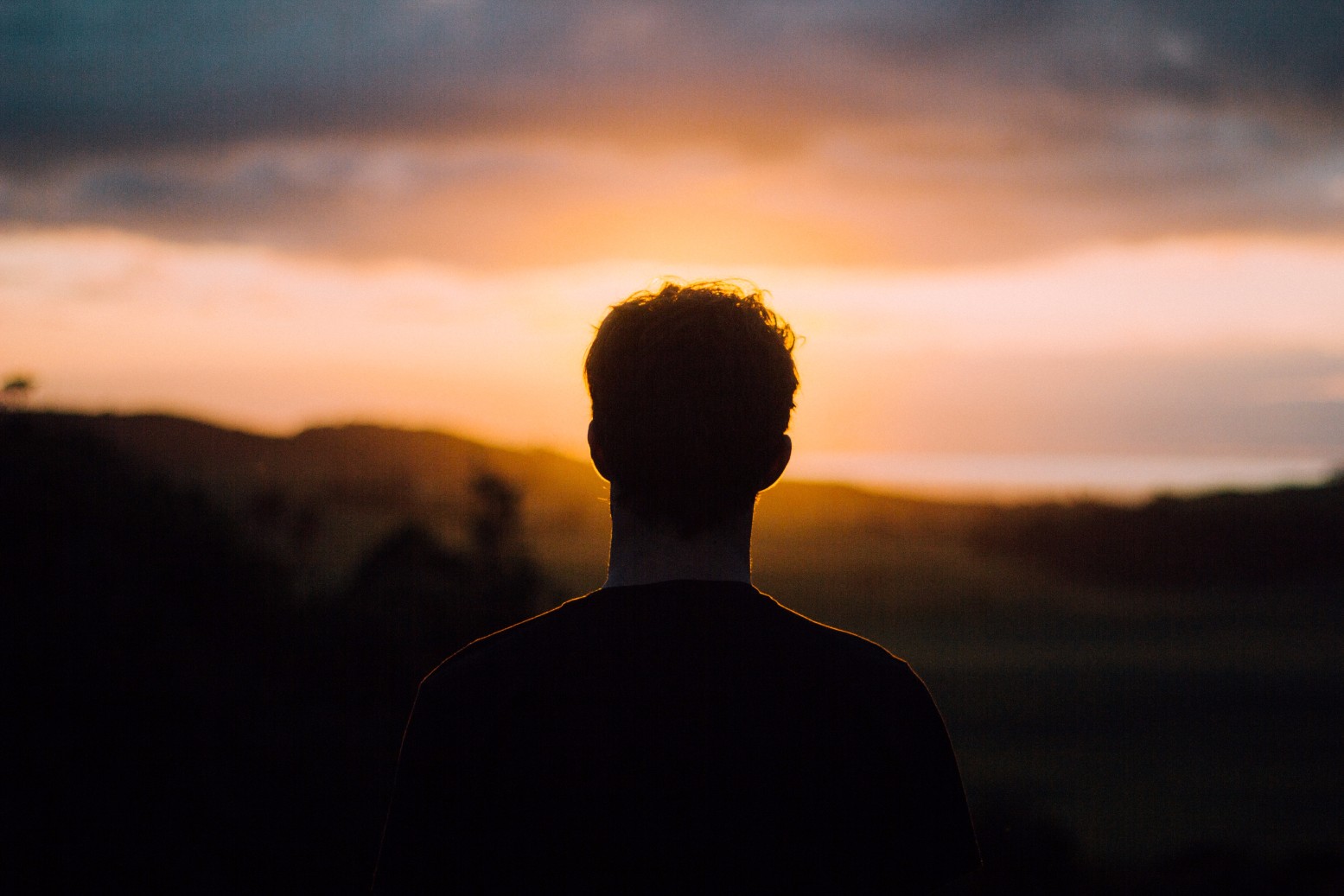What Neuroscience Tells Us About Great Website Design
Have you ever come across a website that just worked? You found all the information you needed and were clicking ‘buy now’ or ‘find out more’ before you knew it?
The goal of using neuroscience in website design is to increase conversion rates – that is, the percentage of customers who take the action you intended. Whether you want consumers to make a purchase or sign up for an email newsletter, utilising neuroscience and cognitive biases in website design can help you do it.
Know Where Attention Goes
When you’re planning out the design of your website, remember that most people won’t read or look at everything. Neuroscientific eye tracking shows that people scan pages. With this in mind, make salient parts of your website stand out with contrasting colours, bold fonts and images.
Studies into the gaze path of website visitors show that people generally have a left-centre bias. This means that they’re more likely to pay attention to content in the middle and left of a website page. So if you have any important call-to-actions or conversion buttons, we’d suggest putting them there.
Think About Button Position
Equally important as gaze paths are mouse paths. Research shows that people are more likely to click on buttons closer to their mouse. So if your conversion path darts from one side of the screen to the other, you’re risking losing the attention of valuable customers. Think about what you want a customer to do once they’ve arrived at your website, and make this path easy and logical for them to follow.
Simplicity Is King
While some business owners or website designers might be tempted to create something that pushes the boundaries of unique design, it’s important to remember that people like familiarity. If a website visitor has to waste time searching for your navigation menu, or your contact details, it’s unlikely they’ll stay for long. The quicker people can find what they want, the quicker they’ll be making the conversions you want them to.
The argument for simplicity is also supported by the theory of cognitive load. Basically, if your website is full of tiny text or cluttered objects, it’s harder for a person’s brain to make sense of. And given that people will make a judgement of your website within seconds, your design should be as simple and clean as possible to reduce cognitive load and keep people on the page.
Social Proof Matters
Often referred to as ‘the conformity bias’, humans have a tendency to behave similarly to others. This is why it’s imperative to put social proof front-and-centre on your website. If businesses or people with strong reputations like what you do, display their logos on your home page. If you have industry certifications or awards, those stamps of approval should also be clearly visible. And lastly, a page dedicated to testimonials will do wonders for building trust amongst website visitors.
Create Scarcity and Urgency
A neuroscience concept known as ‘loss aversion’ explains that humans are generally more worried about missing out on something than excited about obtaining something. This is why timers on e-commerce baskets work well, or why a phrase like ‘Sign Up Within 5 Days to Receive a Free Photography E-Book’ will result in more email sign-ups. If you create a sense of scarcity and urgency, consumers are more likely to take action.
Use Colour Theory
Colour theory is like an entire language that exists in your subconscious. Whether you know it or not, you’ve developed strong connotations with different colours throughout your lifetime, and these all inform your opinions of a brand and its website. For example, vibrant colours evoke a sense of energy, which could be useful if you want a customer to be excited about your brand.
It’s also important to read up on colour concepts like complementation and contrast. Here’s a super helpful guide on colour theory by Canva, and another on the relationship between colour and neuroscience.
Need a Web Designer?
Need more help from an experienced web designer? Our web design services are informed by the latest in neuroscience to make sure your website converts. We also offer branding, graphic design, SEO and digital strategy services to help your business flourish. Get started by reaching out to the Lance Montana team today.







